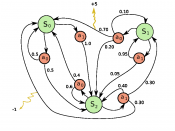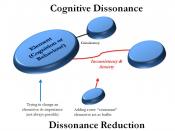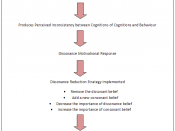Challenged with competing products, companies are finding it more important to understand why a consumer would choose one product over another. To do this, the company needs to recognize the complex decision-making process a consumer goes through. The variety of products is always expanding, but with the consumers' limited temporal and cognitive resources, they cannot simply analyze all the products.
Making rational choices does not only require access to options, but also the necessary time and information needed to choose.
Consumers increasingly face information overload and consequently are unlikely to process all available product or service specifications.
Marketers can strategically design the information given to consumers are such the options being promoted appear more attractive causing the consumer to make the decision to purchase.
Elements of the Decision-Making Process
There are five elements of consumer behavior that lead to a purchasing decision. The first element is problem recognition; the consumer comprehends a need, difference between a perfect and a genuine situation.
The situation can be as simple as seeing there is no bread left. Second information search, the consumer is looking for value. This is where clarification of options is revealed to the consumer and many involve internal and external search. Next is assessment of other possibilities. What standards will be used and what is the perceived value in making the purchasing decision. Fourth is the decision to purchase. This involves when, to buy, who to buy from, or if to buy at all. When to buy will come from influences like store atmosphere, time, is there a sale happening, and the shopping experience. Who to buy from will depend on the terms of the sale, past experience with the seller, and the return policy. If all the factors do not fit what the consumer is looking for the consumer...


